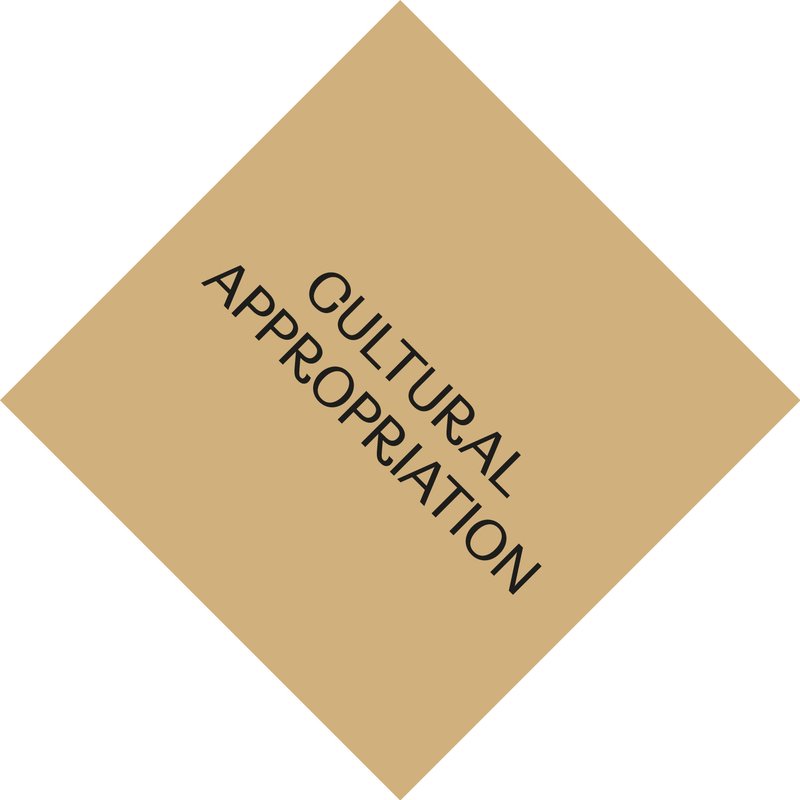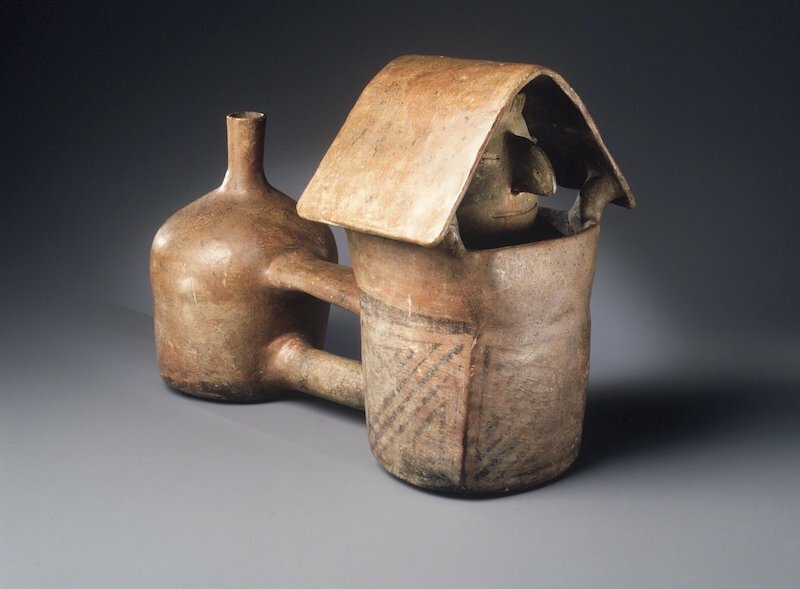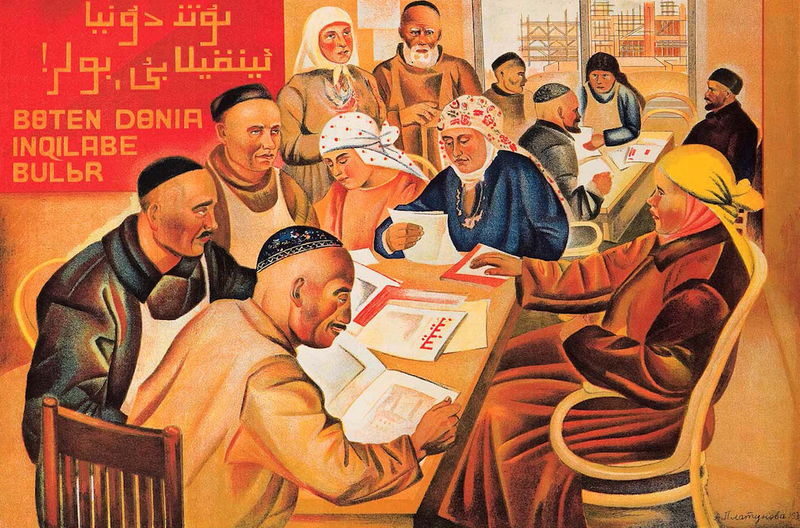
The “Middle East” does not designate a historical or natural geographical region, but rather a concept, a categorization that on its creation was filled with the then newly carved out entities from the former Ottoman Empire. The genesis of the term, to quote the artist Bady Dalloul, stems from “some informal conversations of British and French colonial representatives, most probably while they were drunk.” These days, for the average European geographer there is no issue in referring to a region as the “Middle East,” as long as the geographer keeps out of political and interdisciplinary issues. The fact that authors J. T. Cummings and C. C. Held do not hesitatedo not hesitateColbert C. Held and John Thomas Cummings, Middle East Patterns: Places, Peoples, and Politics (Boulder: Westview Press, 2010). to truncate countries such as Sudan and Libya from their definition of the “Middle East,” is due to a purely geographical approach to the definition of a region; geopolitics, in this argument, is almost a side-effect of international geography. Sudan and Libya are thus geographically excluded from the “Middle East” in Cummings’ and Held’s European handbook for advanced students, on the basis that they do not have the same vegetation as other states selected for this particular definition of the “Middle East.”
The world-renowned Turkish Middle East and international relations specialist Sedat Laçiner dislikesdislikesSedat Laçiner, “Is There a Place Called ‘the Middle East?’” in The Journal of Turkish Weekly (June 2006). the term “Middle East” and argues against its use, even geographically speaking. In his view, when it comes to the term “Middle East,” whatever we do—whatever country we select for our definition—we are taking into account geopolitics, because there are no common geographical, “meaningful particularities” from such different countries that can logically allow one to unify them under a singular geographical “region.” So, if for Dr. Laçiner, “there is no region called the Middle East,” then what does it mean to refer to a region this way, a region that is “viewed by the West as all-Arab, yet consists of tens of different ethnic-linguistic communities”? To answer this question, Laçiner studies the very origin of the concept and unsurprisingly traces the genealogy of the word to an individual active in the British military at the turn of the 20th century. In an article published in September 1902 in the London-based National Review, Laçiner readsreadsIbid.
that “the inventor of the expression was the naval military officer and scholar, Alfred Thayer Mahan (1840–1914).” Laçiner quotes additional text from the same source, noting that “Mahan is the owner of the theory that the ruler of the world would be the power which ruled the seas.” The Middle East was understood then as “the Persian Gulf and its periphery.” Laçiner concludes from this that the region being referred to as the “Middle East” was seen as a strategic barrier in keeping the Russians away from the Pacific and India, and that this region was “invented according to the strategic significance in the preservation of the domination in the seas.”
Since then, many speeches and articles have developed the variable and confused semantics of the expression “Middle East.” The Bush administration brought back the issue of such a definition by extending the notion to a “Greater Middle EastGreater Middle EastDona J. Stewart, “The Greater Middle East and Reform in the Bush Administration’s Ideological Imagination” in Geographical Review, vol. 95, issue 3 (2005): 400–424.,” both geographically larger and, from a political point of view, expanded to include all countries that were said to be threatening American' safety, not to mention, of course, countries from which the USA could benefit economically . When it comes to the contemporary military involvement of foreign powers in the “Middle East,” according to Dennis RossDennis RossDennis Ross, “The Middle East Predicament” in Foreign Affairs, vol. 84, issue 1 (2005): 61–74.
a moderate military transition (temperate withdrawal of American troops) should be considered carefully and prepared slowly because of nuclear threats and jihadist ambitions. But when it comes to NATO, there are multiple studies which disagree about the political motivations for NATO withdrawingwithdrawingPatrick A. Mello, “Paths towards coalition defection: Democracies and withdrawal from the Iraq War” in European Journal of International Security, vol. 5, issue 1 (February 2020): 45–76.
from what they call the Middle East. For instance, in the case of the Iraq war, it was shown that economical coalitions between external countries’ military and upcoming elections in each of those countries are major determining elementselementsIbid.
. Given these varying entanglements between the military and economic incentives of foriegn powers, from this perspective, the “Middle East” could be defined as a large zone of economical interest and determined military threats.
Another way to consider the concept of the Middle East is to understand it as it is discussed and reappropriated by actual Middle Eastern thinkers. Historiographical studies defenddefendColbert C. Held and John Thomas Cummings, Middle East Patterns: Places, Peoples, and Politics (Boulder: Westview Press, 2010). the stance that discussion of an Arab World makes room for defining the region as the “Middle East.” Therefore, the term is identified and used within the Arabic diaspora. One shouldn’t confuse the Arab World with the colonial concept of the “Middle East.” Whereas it is important to acknowledge that claims are being made for more exposure to issues of culture and identity in international discourse about the region, , other authors think that the structural injustice, inscribed in a concept like the “Middle East,” comes not only from the West but also from inside the now symbolically existing region—which is now, in fact, a large group of countries, each with their own history. It is for this reason that H. HanafiH. HanafiHassan Hanafi, “Middle East in whose world?” in Papers from the Fourth Nordic Conference on Middle Eastern Studies (1998): 1–9.
, E. Kahana and M. SuwaedE. Kahana and M. SuwaedEphraim Kahana and Muhammad Suwaed, Historical Dictionary of Middle Eastern Intelligence (Lanham: Scarecrow Press, 2009).
radically prefer to link the concept to the history of colonization and colonial semantics.
Hanafi criticises the use of a generic concept for all those countries, because the “Muslim World,” is not only a more problematic expression, but also a way to elude the polyreligious essence of each of those states. Hanafi notes that the evidence of the internal circulation of a generic term for West Asian and North African countries points toa social and cultural need to label the region with a term that highlights a homogenous religious identity. Kahana and Suwaed historicise the concept as a colonialist notion by recounting the history of the intelligence industry in the “Middle East.” The concrete colonial presence in the “Middle East” was built through the intelligence industry, the history of which still requires detailed research. Nevertheless, there is an increase in access to the archives of the intelligence industries throughout the world. Writing this history helps us understand the current politics of countries such as Iraq, Iran, and Turkey. The colonial intelligence industry led to the acceleration of many “Middle Eastern” states, which were indeed based on counterintelligence measures (against colonialist intelligence) to organize and establish themselves. This particular historial dynamic provides a more rounded perspective and draws the contours of the concept of “Middle East” that could allow us to use it in a more critical and constructive way.
To sum up, one could say that the “Middle East,” in fact, exists less as a geopolitical definable region and more as a symbolic colonial force engaging our minds through a worldview that is centered in a Western perspective. But using such a term intentionally and therefore changing its meaning (hence re-appropriating it) may also become a critical tool: for instance, in the case of North African countries that undergo economical and military pressure from NATO. Nevertheless, we must still be wary not to comply with the myth surrounding the term and be critical when using such a powerful—institutionally speaking—concept.
Hanafi, Hassan. “Middle East in whose world?” In Papers from the Fourth Nordic Conference on Middle Eastern Studies (1998): 1–9.
Held, Colbert C. and Cummings, John Thomas. Middle East Patterns: Places, Peoples, and Politics. Boulder: Westview Press, 2010.
Kahana, Ephraim and Suwaed, Muhammad. Historical Dictionary of Middle Eastern Intelligence. Lanham: Scarecrow Press, 2009.
Laçiner, Sedat. “Is There a Place Called ‘the Middle East?’” In The Journal of Turkish Weekly (June 2006).
Mello, Patrick A. “Paths towards coalition defection: Democracies and withdrawal from the Iraq War.” In European Journal of International Security, vol. 5, issue 1 (February 2020): 45–76.
Ross, Dennis. “The Middle East Predicament.” In Foreign Affairs, vol. 84, issue 1 (2005): 61–74.
Stewart, Dona J. “The Greater Middle East and Reform in the Bush Administration’s Ideological Imagination.” In Geographical Review, vol. 95, issue 3 (2005): 400–424.
The author has refused to receive the fee for his contribution.





